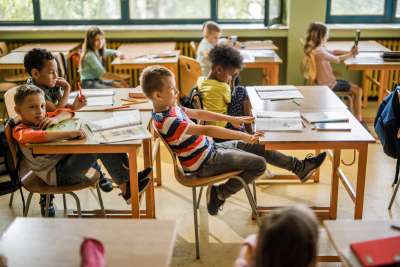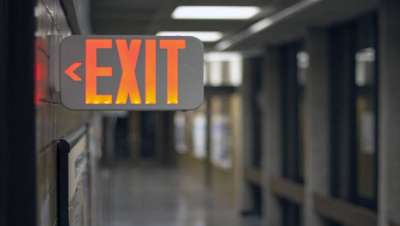Violent Disruptions
Riots can severely affect the operation of a school. When rioting begins near a school, there is always a concern for the welfare of students. Some critical questions deserve attention. Should the school dismiss and possibly endanger students either on their way home or by going to see what is transpiring? Is there a way to provide safe exit for students? What if the rioting gets close to the school? Because riots can last many hours, what happens to students if riots last longer than school time? The looting that often accompanies rioting also has serious ramifications to the community. And when a school reopens after a riot, it has to deal with student fears and concerns.
Occasionally, a student is kidnapped. Often times, the kidnapper is a relative, usually a parent, who was not granted custody of the child or children. Hostage situations can be deadly with long-lasting effects. Bomb threats have disrupted schools in the past. Sometimes students call in bomb threats as a prank or to get out of tests but threats also increase when a bombing has occurred.
Child abuse can certainly be a disruptive influence. Physical or emotional abuse cuts across socioeconomic and ethnic backgrounds and happens all too frequently. Almost daily it seems, the popular media report children being severely injured or killed. Others are sexually abused, and although more sexual abuse happens to females, it also happens to boys. Abuse can lead to poor impulse control, poor attention span, poor grades, violence, and physical aggression.
Gang-related activities disrupt school whether they occur on school grounds or away from school property. In neighborhoods controlled by gangs, children still have to walk to school and may be accosted for money, hassled to purchase drugs, or threatened with physical violence. Affected students may come to school agitated and have difficulty learning. Initiation rights of gangs may include violence within the school. Initiates may be required to assault other youth, steal, sell drugs, or even rape. All of these activities are extremely disruptive and can lead to disaster and death.
Violent acts are occurring in schools with more frequency. A major disruption in schools today relates to weapons which is why one can only enter some schools by going through a metal detector. Other items, daily used as weapons in schools, include pen guns, pen knives, belts, and brass knuckles.
Alcohol consumption occurs in children as young as five and one can readily find children of 9 or 10 using marijuana or alcohol. Approximately 57% of all high school students have used illicit drugs at least once. Drug dealing and selling on school grounds and within the buildings is a big business. Cellular phones make it convenient for students to arrange drug deals. General and special educators need to watch for strangers and older students hanging around school buildings as these could be drug pushers.
Other crises, related to behavior problems and physical aggression, occur in the school setting. These include cursing, grabbing one another, punching, slapping, teasing, threatening, harassing, intimidating, and bullying and all detract from the learning environment. Usually, the perpetrator picks on a student who is more vulnerable and less able to defend against the attack or to fight back.
Aggressive acts are not limited to students. Emotionally out of control staff members also disrupt schools. Medical emergencies are sudden, unexpected occurrences that require immediate medical attention. Such emergencies disrupt class and nearly always disrupt an entire school. The health and welfare of the involved person(s) is of the utmost importance, especially if the condition is life threatening. In addition, unexpected deaths frequently cause disruptions. These may include the death of a students, employee, or prominent figure due to natural causes, illness, accidents, homicide, or suicide.
More on Helping Students Deal With Crises.
Excerpted from Disruption, Disaster, and Death: Helping Students Deal with Crises.







